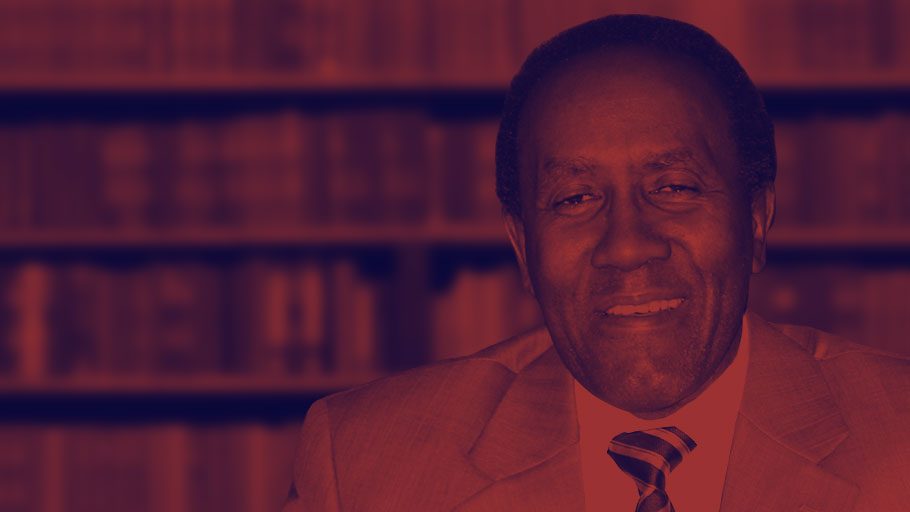In the murder trial of Michael Dunn who had summarily executed Jordan Davis for playing loud music, the jurors in question took the position that the issue of bigotry or racism was not raised in their deliberations. The prosecutors also failed to raise the race question in making their case for first degree murder.
In the George Zimmerman murder trial, the race question was left outside of the courtroom. Polling data on the criminal justice system reveal stark differences between whites and blacks, with the latter convinced that the justice system deals unjustly with African Americans while whites are convinced that the justice system deals justly with African Americans. Clearly, whites and blacks see race from different prisms.
In 2008, the majority of the American electorate voted for Barack Obama to become the President of the United States. Traditionally, Americans elected White Anglo-Saxon Protestants to the presidency with the exception of John Kennedy in 1960 who was a Catholic. When the former Governor of New York, Alfred Smith, ran for the presidency in the 1920s, he failed to drum up widespread support. In some parts of the country his Catholicism was offensive and the presumption was made that a Catholic politician would be subject to the Pope’s dictat.
Contemporary America has become more tolerant of religious differences. Mitt Romney’s Mormonism was not a deterministic factor in 2012. What was more salient was his class background and contempt for the working poor rather than his religion.
When Barack Obama ran in 2008, Fox News and Sean Hamity obsessed over Obama’s membership in Rev. Wright’s church and Wright’s vehement denunciation of American racism from the pulpit.
The Fox News outcry forced Obama to give an address on the state of race in America during the height of the campaign. Obama who had been nurtured by a white mother and white grandparents highlighted the contemporary complexity of race in America. He shared with America the fears of his white grandmother when there was a chance encounter with a black man who was not her grandson.
In the election of 2008, what was decisive was not Barack Obama’s pigmentation but the horrid state of the economy and the ignorance of John McCain on the worldwide financial crisis.
But race has been a large factor in Presidential voting patterns since the Democratic Party was identified as the civil rights party. That racial swing among whites became apparent in the 1968 election. Democrats running for the presidency have failed to obtain a majority of the white vote. Barack Obama in 2012, mustered 41 percent of the white vote and the upper-class oriented Mitt Romney obtained 59 percent of that white vote.
What is abundantly clear in contemporary America is that the racial dialectic is no longer between white and black as America’s Hispanics and Asians are now part of the equation and have contributed to a far more colorful American landscape.
In yesteryear, white America had a phobia concerning inter-racial marriage. In 1958, in the throes of the civil rights agitation, polls indicated that 94 percent of Americans disapproved of inter-racial marriage and a mere 4 percent were favorably inclined.
In 1968 after the Civil Rights and Voting Rights were made into law, only 20 percent of the American population approved of races marrying outside of their socially constructed race. Seventy percent remained adamantly opposed.
As late as the last decade of the 20th century, polling data showed only 48 percent approved of inter-racial marriages and 50 percent clung to old prejudices. There is a significant shift in the tide at the beginning of the twenty-first century. By 2007, seventy-nine percent of Americans were receptive to inter-racial marriage and a minority of 15 percent continued their quest for racial purity.
In the polling data of 2011 conducted by USA/News Gallop Poll, there is a disaggregation of the data. Eighty-six percent of whites approved of inter-racial marriage and 11 percent disapproved. The numbers were higher in the black community as 96 percent approved and 2 percent adhered to racial purity.
Pew Research recently published a study on inter-racial marriages and in 2010, fifteen percent of newlyweds exchanged vows outside of their social constructed race. The trend is that inter-racial and inter-ethnic marriages are on the upward trajectory. There are geographical differences as over 42 percent of newlyweds in Hawaii are inter-racial or inter-ethnic. The percentage in the western states is higher than the south, northeast or midwest.
America still has mountains to climb before coming to the promised land on race relations. One cannot fully understand race relations unless one understands the power dynamic involved. In a society where resources are artificially scarce, whites will tenaciously fight to maintain white privilege. The prison system has been used to ensure the social order but there is no question that economic fears, fears of insecurity tend to prolong the life of institutionalized racism. Race relations in America are in a state of flux. Much progress has been made in civil rights and in acceptance of inter-racial marriage and religious tolerance. African Americans do not see the election of Barack Obama in apocalyptic terms. They are cognizant of the atavistic nature of institutional racism and that is readily apparent in the political sphere and in the criminal justice system.















